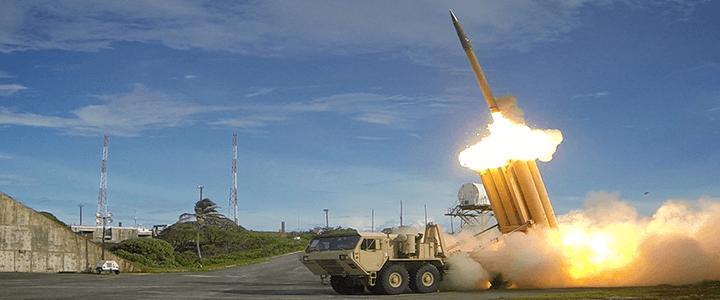The Norwegian Nobel Committee is trying its hardest to become irrelevant. Last week, it announced that the winner of the 2017 Nobel Prize for Peace will be given to the International Campaign to Abolish Nuclear Weapons. K’umbaya my Lord, k’umbaya.
The prize should be renamed the Nobel Prize for Idealistic Futility. Since its 2007 inception, ICAN’s major achievement has been to convince the assembled despots in the United Nations to endorse a treaty to outlaw nuclear weapons. The June 2017 vote on the treaty was 122-1-1, with the Netherlands voting “no” and Singapore formally abstaining. Importantly, 69 countries did not vote, including every NATO member except the Netherlands, and more importantly, every nuclear nation.
Did ICAN actually believe that the nuclear powers would simply agree to give it all up? And does the Nobel Committee believe that honoring their quixotic quest will somehow convince the nuclear club to disband? The U.N.’s vote was the equivalent of school clubs banding together and voting to outlaw football. Without the power to compel compliance, any such treaty is worthless.
The elite Nuclear club
There are now nine members of the nuclear club: the U.S., Russia, England, France, China, Israel, Pakistan, India, and North Korea. Between them, they possess an estimated 9,220 nuclear devices. The U.S. and Russia possess 8,300 of them, though the U.S. and Russia have reduced their stockpiles dramatically since the U.S. and the Soviets began signing a series of treaties, beginning with the Intermediate-Range Nuclear Forces Treaty in 1987.
Proof of the inherently left-wing bias of the Nobel Committee is evident in that, in 1990, Soviet Premier Mikhail Gorbachev received the Nobel Peace Prize, but did not share it with either Ronald Reagan or George H.W. Bush, without either of whom the nuclear reduction treaties would not have been possible.
But banning nuclear weapons altogether is not only a pipe dream as it was when young radicals were marching through Bonn and Berkeley with “No Nukes” banners, it is as dangerous idea. This is not as counterintuitive as it would seem.
Quite simply, nuclear weapons have kept the peace between the major powers since the Soviet Union first acquired its own weapon in 1949.
it’s a mad, mad world
The concept of mutually assured destruction, MAD, holds that the horrors of all-out nuclear war would be so horrific, and there would be no winners in a nuclear exchange, that neither side would dare be the first to use a weapon. But the temptation to “go nuclear” in any major conflict between nuclear powers, when one side started losing the conventional war, would be great. In any such conflict, the use of nuclear weapons would be inevitable.
Since the end of the Second World War, nuclear weapons, and nuclear weapons alone, have prevented a large-scale war between the major military powers of the earth: between Russia/U.S.S.R. and the U.S., between Russia and China, and even between India and Pakistan.
And the U.S. nuclear arsenal, combined with its growing missile defense capability now reinforces that peace. Once derided as a means to achieve a first strike capability, modern missile defense enables the U.S. to assure rogue nations like North Korea that use of any of nuclear weapons would be completely ineffective, and also would be followed by a massive nuclear response.
Maybe the Nobel Committee should consider embracing “peace through strength” and awarding next year’s prize to Lockheed Martin for developing the THAAD system.




